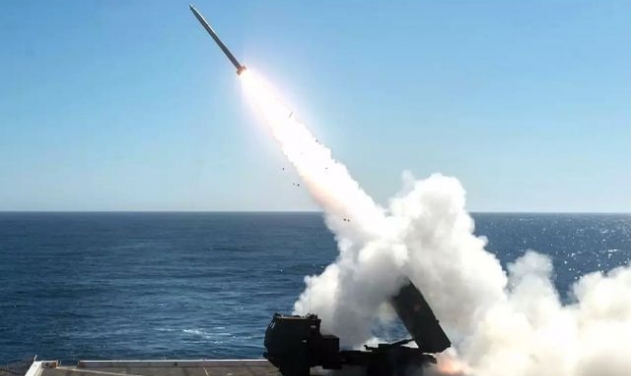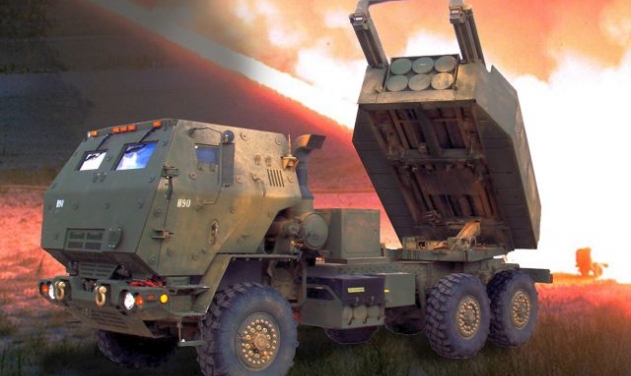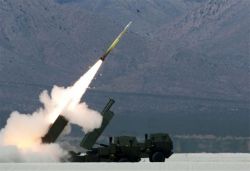US Marines test-fire Land Artillery Rocket System from Amphibious Ship

US Marines conducted a firing of the High Mobility Artillery Rocket System (HIMARS) from the deck of an amphibious transport dock, scoring a major extension of the land-based platform’s ability to function as naval artillery.
A detachment of Marines set up the vehicle-borne launch system on the flight deck of amphibious transport dock USS Anchorage (LPD-23). Programmed with information about the objective, suspected enemy air defenses, on a nearby island, the HIMARS launcher fired off a rocket destroying the target 70 kilometers away, USNI News reported.
The missile strike, coming during the biannual amphibious task force exercise Dawn Blitz off southern California, marked a big first for the Navy and the Marine Corps.
“The ability to project power from and at sea is critical,” Lt. Col. Tom Savage, operations officer with 1st Marine Expeditionary Brigade, told a small group of journalists at a briefing aboard USS Essex, the flagship for the exercise.
Senior officials have been looking at how the Marine Corps, which is historically focused on land based operations, can support the Navy at sea and bolster the amphibious force’s ability to obtain and maintain “sea control,” in areas of current and potential future operations.
HIMARS, a vehicle-launched rocket system first developed for the US Army, is a land-based precision weapons system the Marine Corps uses for fire support against artillery, armor and air defenses. Its GPS-guided munitions travel well beyond the reach of its field artillery cannons. It’s transportable by C-130 Hercules aircraft. Each crew has a launcher, resupply vehicle and two resupply trailers, mobility that allows crews to quickly set up, fire and relocate.
The sea-based experiment during Dawn Blitz, which runs Oct. 20 to 29 with I Marine Expeditionary Force and 3rd Fleet forces, marked the first time the self-contained, vehicle-launched rocket system has been fired from an amphibious ship.
Unlike the steady base on land, a ship at sea “is a launch platform that is basically moving in four dimensions – time, pitch, roll, yaw,” said O’Connor, a veteran surface warfare officer, said in a media roundtable aboard the Essex. So they worked with contractors to rework the targeting software to hit targets.












